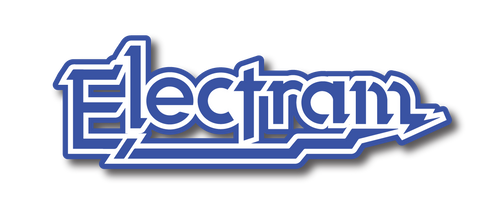Line & Load Reactors
What Side of Line or Load Reactor Do I Need?
The size of the reactor is based on the amp draw of your motor. If your motor draws 10 amps then you need at least a 10 amp reactor. When placing a reactor on both the line and load side of a variable frequency drive (VFD) they should both be the same size (eg. both 10A)
When to Install a Reactor
Load Reactor
If there is a long distance between your VFD and motor then you should use a reactor. The longer the distance, the larger the harmonic waves will become. Generally, if there is over 100 feet of wire between the VFD and the motor then you should install a load reactor. Some motors can handle up to 300 feet of wire if they meet the NEMA MG-1 Part 31 standard.
Line Reactor
If your input power is prone to having spikes then installing a line reactor will smooth out that spike to help protect your VFD. If you have multiple VFDs connected to the same power source then adding a line reactor in front of each one of them will prevent "cross talk" between the drives.
Non-Inverter Rated Motors
If a motor is not inverter rated then you need to use a load reactor. A VFD doesn't produce a clean sine wave. The average of its output is a sine wave but it's actually made up of many small electrical pulses. If a motor is not inverter rated then these pulses can burn small holes in the insulation of the motor's windings. Putting a reactor between the VFD and the motor will smooth out these electrical pulses and will make it much more of a true sine wave. If your motor's nameplate does not say that it is inverter rated, then you should use a reactor to protect it.

